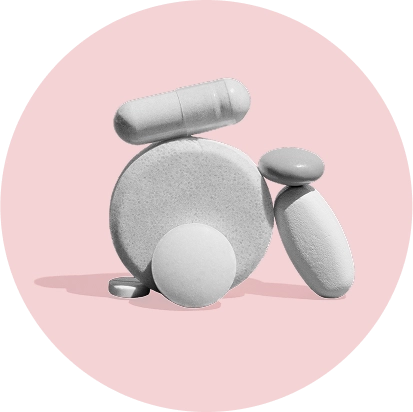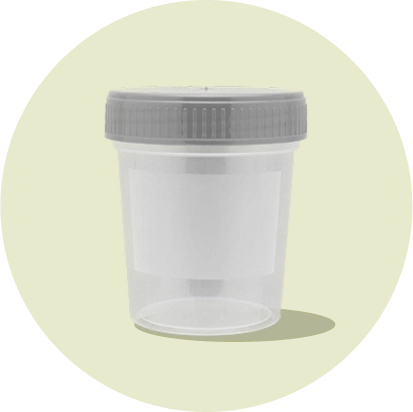Providers and patients with uUTI are faced with antibiotic resistance and limited new treatments1-5
Rates of resistance to commonly prescribed antibiotics to treat uUTIs have continued to grow for decades, with rates as high as 29%3,9

Current treatment landscape
Rising rates of antibiotic-resistant uncomplicated UTIs are impacting treatment.1-3,9
A significant portion of outpatient uUTIs are due to multidrug-resistant pathogens3,9
Obtaining urine cultures does not always happen, which can complicate treatment decisions10,11
The most commonly used therapies are antibiotics such as nitrofurantoin and trimethoprim/sulfamethoxazole1
Antibiotic treatment can last from 1-7 days, depending on disease severity12
IV carbapenems are effective and have been relied on to treat multidrug-resistant pathogens13

A closer look at uUTI
An uncomplicated UTI is an infection of the urinary tract in a healthy patient with an anatomically and functionally normal urinary tract.14
50% to 60% of women will experience at least 1 uncomplicated UTI in their lifetime15
A patient experiencing 3 or more UTIs in 12 months or 2 or more in 6 months is considered to have recurrent UTIs14
The most common pathogens responsible for UTIs are16,17:
Escherichia coli
Klebsiella pneumoniae
Proteus mirabilis